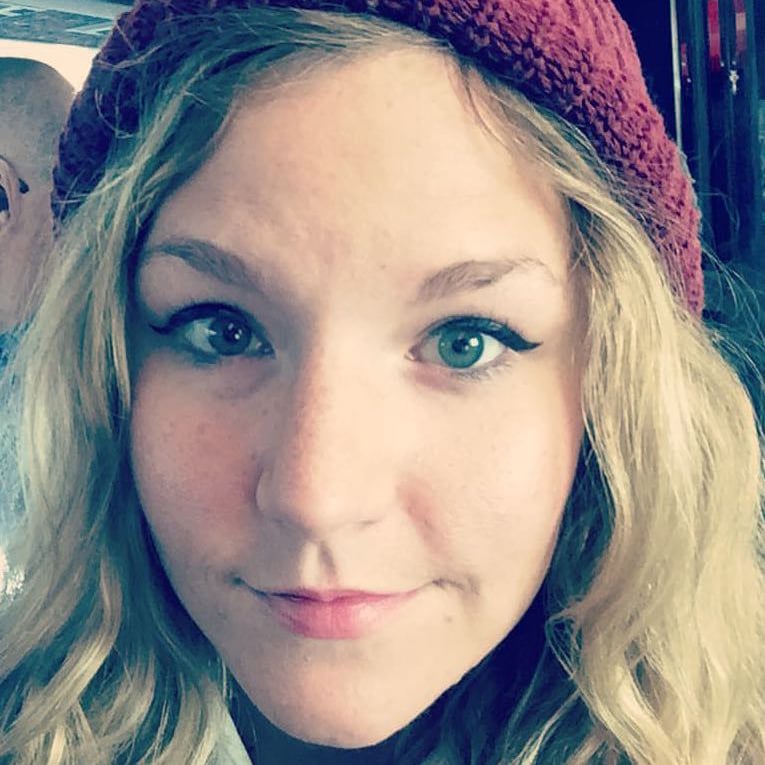3 Suburban Cities With Easy Commutes to Austin
Check out more from our '7 Days of Suburbs' week
Although the smaller cities surrounding Austin — particularly those in the Western region known as “Silicon Hills” — are attracting their own business communities, the majority of working residents in the suburbs still make the daily commute into Austin proper. This pattern results in nasty commute-time stats for Texas’ capital, landing it on nationwide lists of the worst morning and evening traffic in the U.S.
If a less onerous drive into Austin is a top priority, the towns directly outside the city will prove your best option for avoiding the highway gridlock so notorious in Central Texas. These three suburbs feature driving commutes under 30 minutes, making them perfect for those who need daily access to the city center without endless bumper-to-bumper debacles.
West Lake Hills

Located just a 15-minute drive from Downtown Austin, West Lake Hills borders the Barton Creek Greenbelt and other popular Austin suburbs like Rollingwood and Bee Cave. The town can be found just west of South Austin, and its proximity to the Colorado River and Zilker Park give West Lake Hills easy access to the best of Austin, but with a slower-paced, small-town vibe.
Commuters looking to leave their cars at home have the option of bus travel between West Lake Hills and downtown Austin, thanks to the CapMetro 18 route. However, the bus route between West Lake Hills and downtown requires 40 minutes of walking and ultimately takes about an hour each way, rendering it far less time-efficient than commuting via car.
West Lake Hills’ proximity to Austin results in a pricey housing market, with median sale prices reaching over $1,000,000. However, the town’s excellent schools (including West Lake High School, one of the top-ranking public schools in the country), charming locally-owned restaurants like Blue Dahlia Bistro, and promising future in terms of property values make it a worthy investment for suburban venturers longing to stay close to Austin’s central district.
Sunset Valley

If even West Lake Hills feels too distant from Austin’s borders, Sunset Valley brings its residents even closer to the city’s action. Widely considered a “city within a city”, Sunset Valley is a separate town with its own mayor, city hall, and police department, but it’s surrounded on all sides by Austin-proper neighborhoods like Westgate, South Lamar, and Oak Hill.
Commuting between Sunset Valley and downtown Austin involves a level of ease that puts even the closest Austin suburbs outside city limits to shame. Motorists can take the MoPac Expressway straight across the Colorado River, arriving downtown in under 20 minutes. Sunset Valley residents can also take the CapMetro 3 and 338 buses downtown, with a 35-minute commute in each direction. Austin cyclists are looking at a 40-minute ride to downtown, crossing the famous Congress Avenue “Bat Bridge”.
In spite of its separate governmental status, Sunset Valley shares its school district with Austin, counting as part of the Austin Independent School District. AISD offers students and their families significant choice over school assignments, allowing any student within the district to select from his or her neighborhood school, another neighborhood school within the district, or an academic magnet school.
Sunset Valley brings pastoral charm to an urban-adjacent neighborhood, with plenty of greenery, preserved wildlife populations, and a charming weekend farmers market. However, residents can also find lively restaurants and shops in Sunset Valley’s downtown, like brunch destination The Funkadelic and inventive Neapolitan pizzeria Cane Rosso.
Homes in Sunset Valley sell for a median value of $604,123. While certainly still spendy by average Texan standards, buyers in Sunset Valley can find better deals than those in affluent communities like West Lake Hills, and they also have the benefit of a very brief downtown commute.
Brushy Creek

Between Austin’s northern regions and the smaller city of Round Rock, you’ll find Brushy Creek, a census-designated place popular with commuters heading to both downtown Austin and the tech-centric business district of Round Rock, where companies like Dell have headquarters and satellite offices. Traveling to Austin from Brushy Creek does require a car, but the MoPac Expressway and Interstate 1 can get you downtown in just under 30 minutes.
A neighborhood largely populated by white-collar professionals, Brushy Creek consistently earns high rankings for its family-friendly attributes. The town is served by the Round Rock Independent School District, which earned recognition as a top Central Texas school district by the Children at Risk non-profit organization.
While largely a residential community, Brushy Creek’s close proximity to both Austin and Round Rock make it a strong choice for those who value top-rated restaurants and entertainment venues. With an average home sale price of $229,900, Brushy Creek counts among the more affordable options in the immediate suburban vicinity of Austin.

